Are Kitchen Islands Worth It? Pros, Cons, and Smart Alternatives
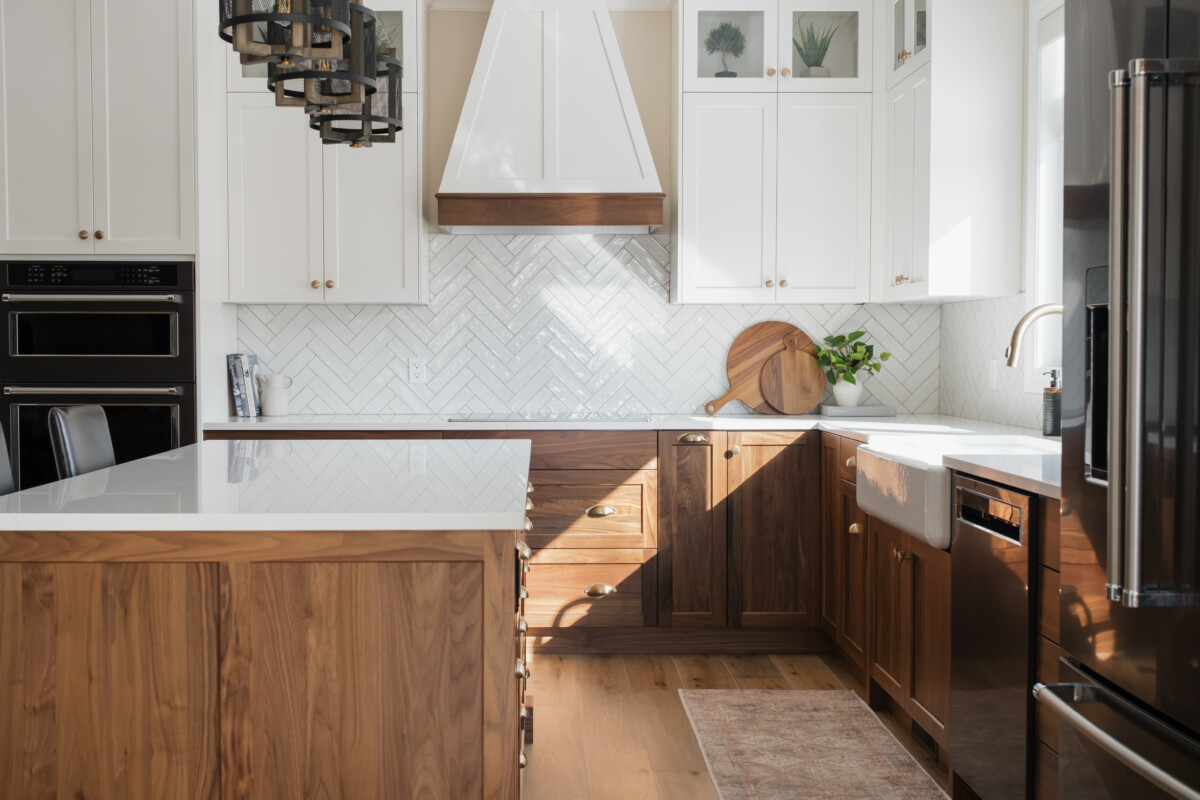
Kitchen islands have become one of the most desired features in modern homes—and for good reason. From adding valuable workspace to creating a stylish focal point, the island is a versatile addition. But while they offer plenty of benefits, they’re not always the right fit for every kitchen. So, do you really need a kitchen island?
In this guide, we’ll walk through the kitchen island pros and cons, when they make sense, when they don’t, and what alternatives you can consider.
Benefits of a kitchen island
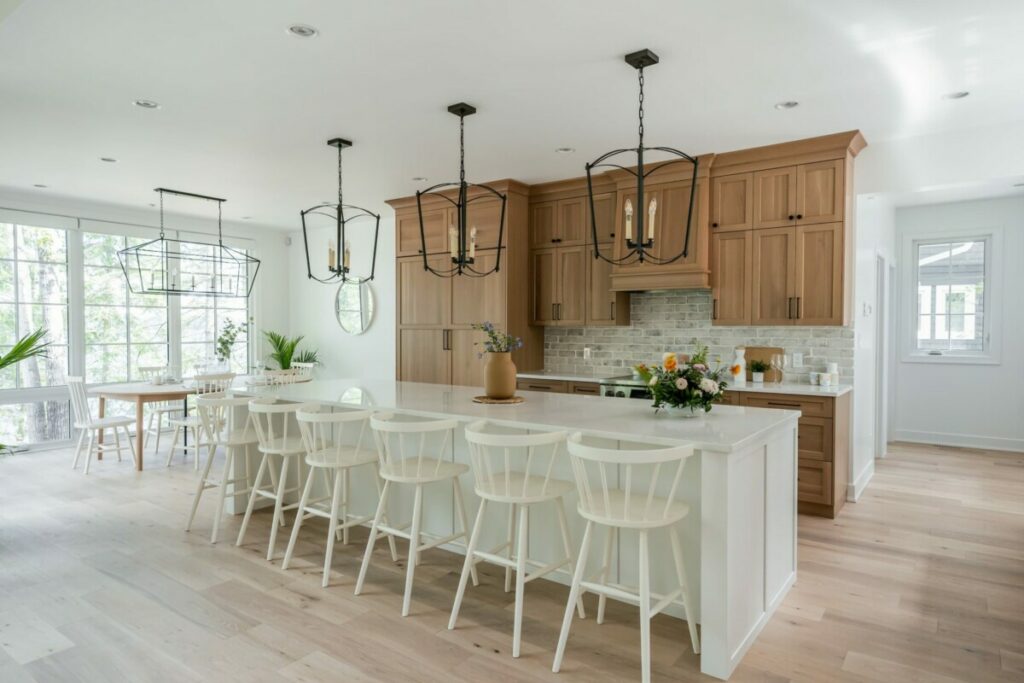
Having a well-designed island in your kitchen can completely change the way your kitchen looks, feels and functions. For this reason, many homeowners decide that having an island in the kitchen is always the better option. Some positive qualities of adding an island include:
Additional counter space: One of the most advantageous reasons for having an island, is for the additional counter space it provides for prep work, studying, placing your bags or layout out food for other guests.
Storage: islands are a great help for additional storage space as well, often placing more drawers to store larger items like pots and pans, a pull-out trash bin, or moving your dishwasher or sink to this space as well.
Gathering and seating: Homeowners will often use the island as additional social spaces, gathering around while prepping a meal or dining together with family and guests.
Lastly, the island will help visually divide the space without the use of walls to obstruct flow, and keep the space well connected.
When an island isn’t a good fit
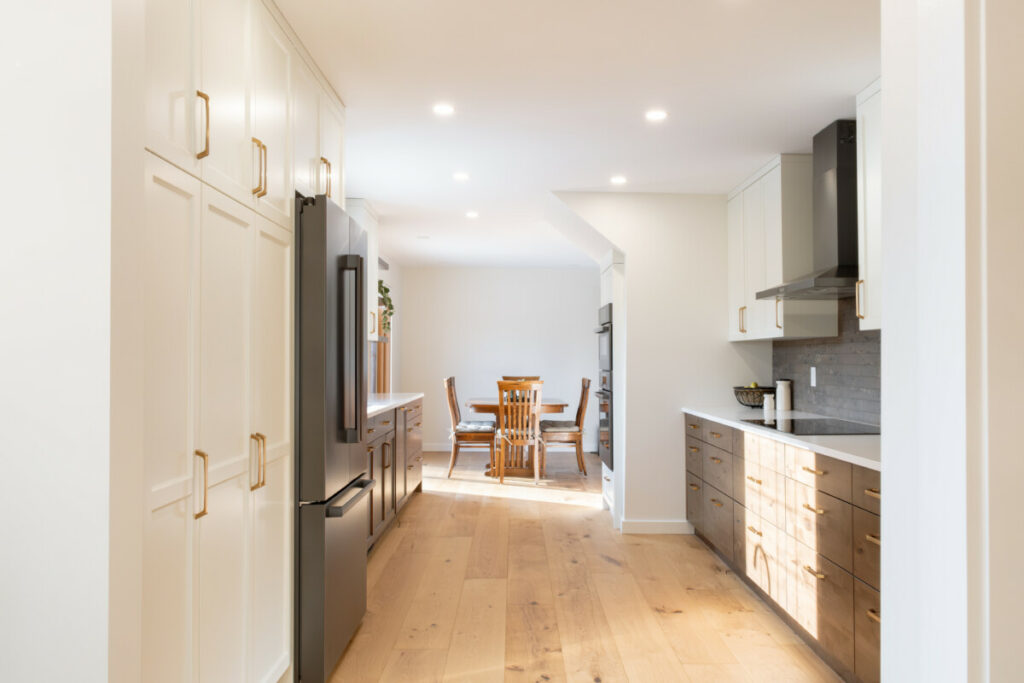
Although everyone is looking to add an island to their kitchen, this doesn’t necessarily mean that everyone should get one. In some cases, adding an island to your kitchen may cause more frustration than function.
Narrow kitchens: kitchen islands require at least 3-4 feet of clearance on all sides to ensure proper workflow. This is a base of clearance to allow homeowners to comfortably navigate through the space. Now if you start adding seating, you may even consider adding more clearance. If your kitchen does not provide enough space, adding an island will only make the space feel cramped, while also taking away its functionality.
Poor traffic: with narrow walkway space, the major work zones of your kitchen (the sink, oven and fridge), will begin to feel less efficient as the flow between each area is being disrupted. This can become very frustrating as it will slow down any and all activities involved in the kitchen like cooking, baking, and prep work, even the simple action of walking.
Alternatives to a kitchen island
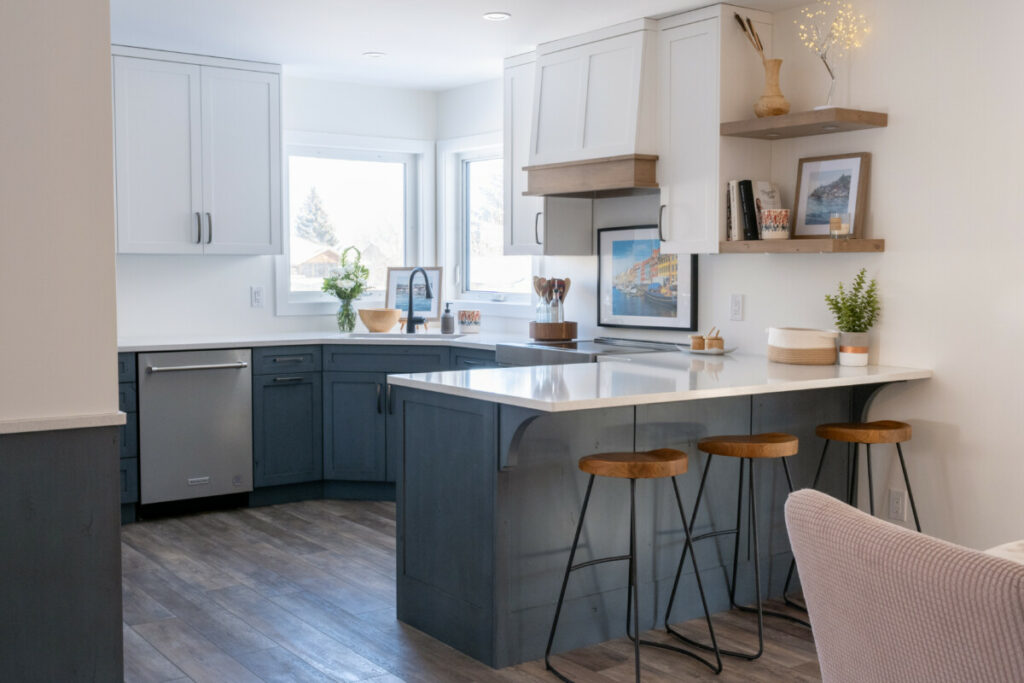
If you really want an island but know you can’t functionally add one in your space, consider adding a peninsula instead or a simple dining room table.
Tips:
If you’ve come to the conclusion that an island is a perfect fit for your kitchen, consider these tips while planning and designing:
Recommended dimensions: Allow a minimum of 3-4 feet of clearance around the island for better workflow and movement and a width ranging from 2-3 feet for a standard island.
Moving appliances: consider moving an appliance to your island (sink, microwave, dishwasher), to allow for better workflow and functionality.
Accessories: Try adding more accessories to your island like a pull-out trash bin, utensil organizers, or electrical cutouts so you can easily store and use your big appliances.
Whether you can add a kitchen island or not, solely depends on your kitchen layout, lifestyle and needs. While islands offer great features like added storage, counter space, and seating, they don’t suit every home. Understanding the kitchen island pros and cons and exploring small kitchen island tips or alternatives will help you make the best decision for your space.
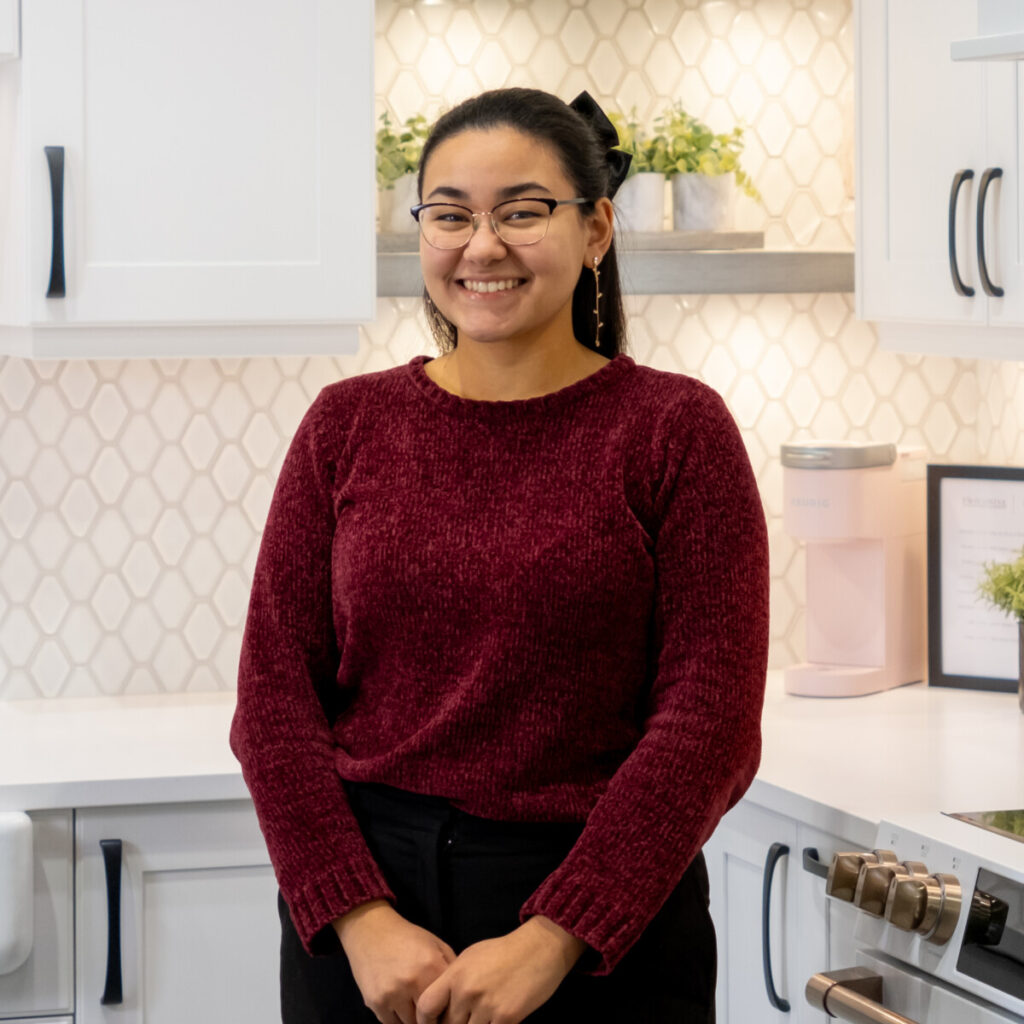
Ginette Dupas
Ginette joined the Two30nine team in October 2024 after earning her bachelor’s degree in Environmental Design with a focus on Interior Design, from the University of Manitoba. She has a strong passion for interior design and enjoys creating thoughtful, functional spaces that reflect both creativity and her clients’ needs.


